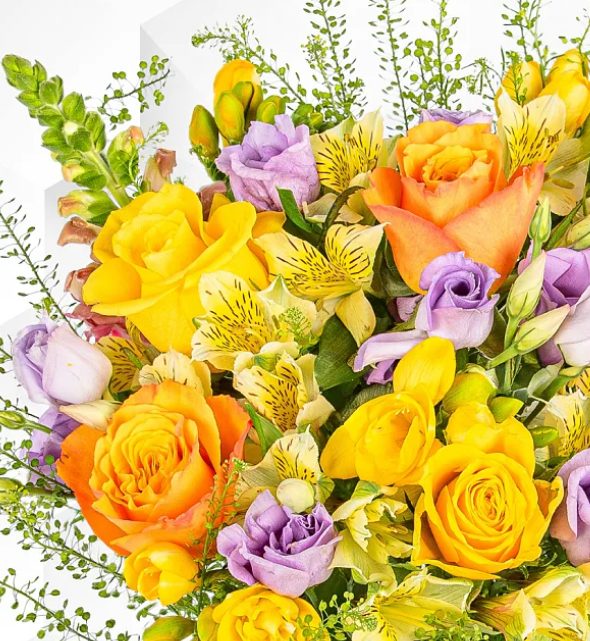
The Role of Spring Flowers in Pollination and Ecosystems
Spring flowers, with their vibrant colours and sweet fragrances, are not only a delight to the senses but also play a crucial role in sustaining ecosystems and supporting biodiversity. As the earth awakens from its winter slumber, these blossoms emerge as beacons of life, attracting pollinators such as bees, butterflies, birds, and other insects. Through the process of pollination, spring flowers facilitate the transfer of pollen from one flower to another, ensuring the reproduction of flowering plants and the production of fruits, seeds, and new generations of plants. Let’s explore the vital role of spring flowers in pollination and ecosystems and the interconnected web of life that they sustain.
Pollination
Pollination is the transfer of pollen from the male reproductive organs (anthers) of a flower to the female reproductive organs (stigma) of the same or another flower, leading to fertilization and the production of seeds. Spring flowers employ various strategies to attract pollinators, including bright colours, fragrant scents, and nectar rewards. Pollinators, in turn, visit flowers in search of food and inadvertently transfer pollen as they move from flower to flower. This mutualistic relationship benefits both plants and pollinators, ensuring the reproduction of flowering plants and the perpetuation of diverse ecosystems.
Biodiversity and Food Security
Spring flowers play a critical role in supporting biodiversity by providing essential resources for a wide range of pollinators, including insects, birds, and mammals. By attracting diverse pollinators to their blooms, spring flowers help maintain healthy populations of pollinators and contribute to the stability and resilience of ecosystems. Additionally, many crops that humans rely on for food, such as fruits, vegetables, and nuts, depend on insect pollination for successful reproduction. Thus, the abundance of spring flowers directly impacts food security and agricultural productivity.
Habitat and Wildlife
Spring flowers serve as vital sources of food and habitat for a myriad of wildlife species, including insects, birds, and small mammals. Insect pollinators such as bees, butterflies, and moths rely on the nectar and pollen provided by spring blooms as primary food sources, fueling their activities and supporting their reproductive success. Birds, such as hummingbirds, also play a role in pollination and depend on nectar-rich flowers for sustenance during their spring migrations. Additionally, many mammals, including bats and rodents, consume flower nectar and pollen as part of their diets, further highlighting the importance of spring blooms in supporting diverse wildlife communities.
Ecosystem Services
Spring flowers provide a wide range of ecosystem services that are essential for the health and functioning of ecosystems. Through pollination, they contribute to the reproduction of plants, the regeneration of forests, and the maintenance of genetic diversity within plant populations. Additionally, spring flowers help regulate insect populations, support soil health and fertility, and contribute to carbon sequestration and climate regulation. By supporting pollinators and other wildlife, spring flowers play a key role in maintaining ecological balance and resilience in the face of environmental pressures and disturbances.
Conservation and Stewardship
Given their importance in supporting biodiversity and ecosystem function, the conservation of spring flowers and their associated pollinators is of paramount importance. Conservation efforts aimed at protecting native plant species, preserving habitat connectivity, and reducing the use of pesticides and herbicides can help safeguard the ecological services provided by spring blooms. Additionally, public awareness and education initiatives can help foster a greater appreciation for the value of spring blooms and inspire individuals to take action to support pollinator conservation and habitat restoration efforts.
In conclusion, spring blooms are not only symbols of beauty and renewal but also vital components of healthy ecosystems and sustainable landscapes. Through the process of pollination, these blossoms facilitate the reproduction of flowering plants, support diverse wildlife communities, and provide essential ecosystem services that benefit humans and nature alike. By recognizing the critical role of spring flowers in pollination and ecosystems and taking proactive steps to conserve and protect them, we can ensure a future where vibrant blooms continue to enrich our lives and sustain the web of life on Earth.
